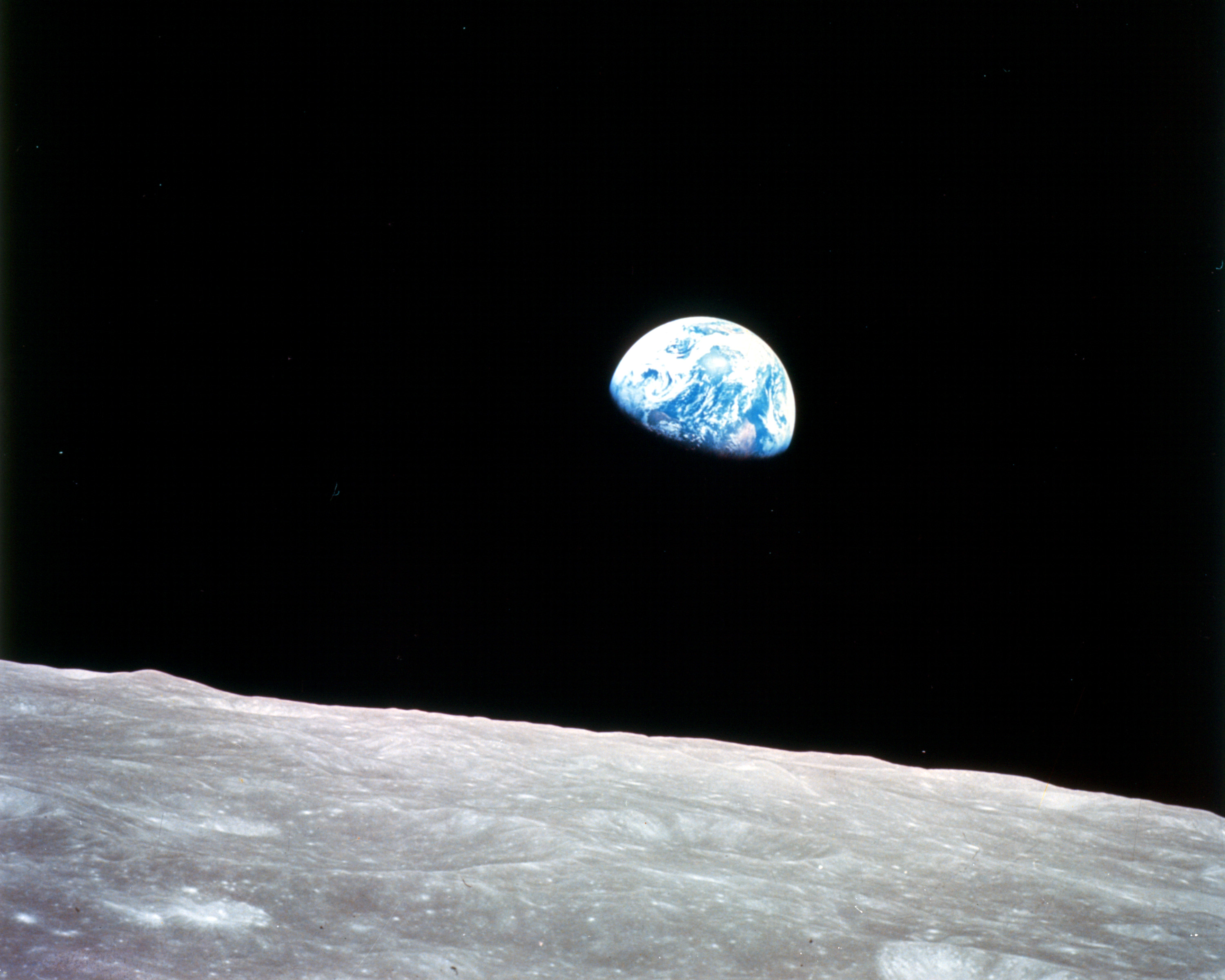Inflationary universe
Enlarge text Shrink text- Work cat.: Linde, A.D. Inflation and quantum cosmology(Inflationary universe; inflationary universe cosmology)
- Encyc. astron. astrophysics:pp. 177-178, under Interaction of quantum physics and cosmology.
- McGraw-Hill dict. sci. tech.(Inflationary universe cosmology)
- INIS:Thes.
- Random House.
- Facts file dict. astron.
- NATO Advanced Research Workshop on Observational Tests of Cosmological Inflation (1990 : Durham, England)(Cosmological inflation)
- Abbott, L.F. Inflationary cosmology, 1986.
- Cosmology of the early universe, 1984.
In physical cosmology, cosmic inflation, cosmological inflation, or just inflation, is a theory of exponential expansion of space in the very early universe. Following the inflationary period, the universe continued to expand, but at a slower rate. The re-acceleration of this slowing expansion due to dark energy began after the universe was already over 7.7 billion years old (5.4 billion years ago). Inflation theory was developed in the late 1970s and early 1980s, with notable contributions by several theoretical physicists, including Alexei Starobinsky at Landau Institute for Theoretical Physics, Alan Guth at Cornell University, and Andrei Linde at Lebedev Physical Institute. Starobinsky, Guth, and Linde won the 2014 Kavli Prize "for pioneering the theory of cosmic inflation". It was developed further in the early 1980s. It explains the origin of the large-scale structure of the cosmos. Quantum fluctuations in the microscopic inflationary region, magnified to cosmic size, become the seeds for the growth of structure in the Universe (see galaxy formation and evolution and structure formation). Many physicists also believe that inflation explains why the universe appears to be the same in all directions (isotropic), why the cosmic microwave background radiation is distributed evenly, why the universe is flat, and why no magnetic monopoles have been observed. The detailed particle physics mechanism responsible for inflation is unknown. A number of inflation model predictions have been confirmed by observation; for example temperature anisotropies observed by the COBE satellite in 1992 exhibit nearly scale-invariant spectra as predicted by the inflationary paradigm and WMAP results also show strong evidence for inflation. However, some scientists dissent from this position. The hypothetical field thought to be responsible for inflation is called the inflaton. In 2002, three of the original architects of the theory were recognized for their major contributions; physicists Alan Guth of M.I.T., Andrei Linde of Stanford, and Paul Steinhardt of Princeton shared the Dirac Prize "for development of the concept of inflation in cosmology". In 2012, Guth and Linde were awarded the Breakthrough Prize in Fundamental Physics for their invention and development of inflationary cosmology.
Read more on Wikipedia >
 Topic
Topic





